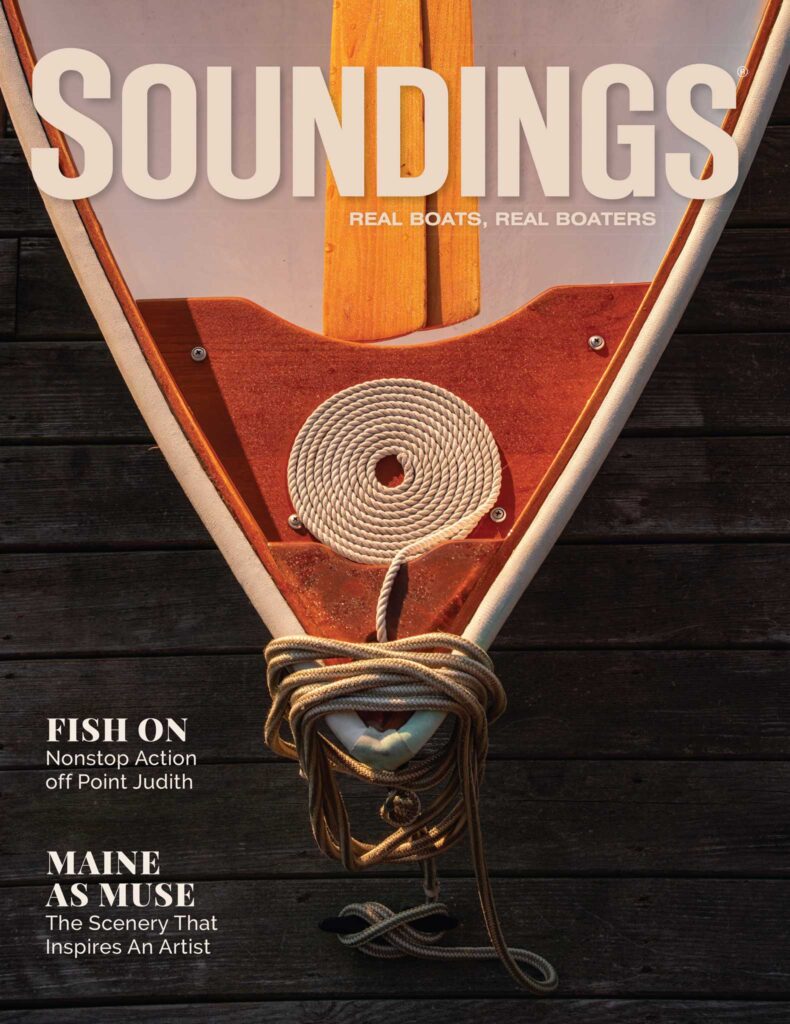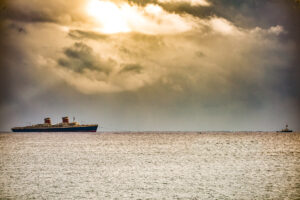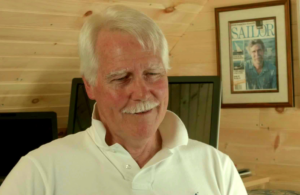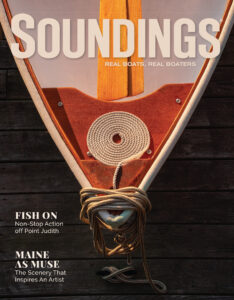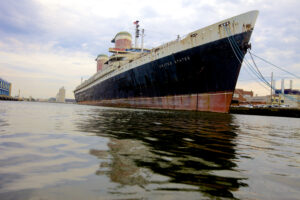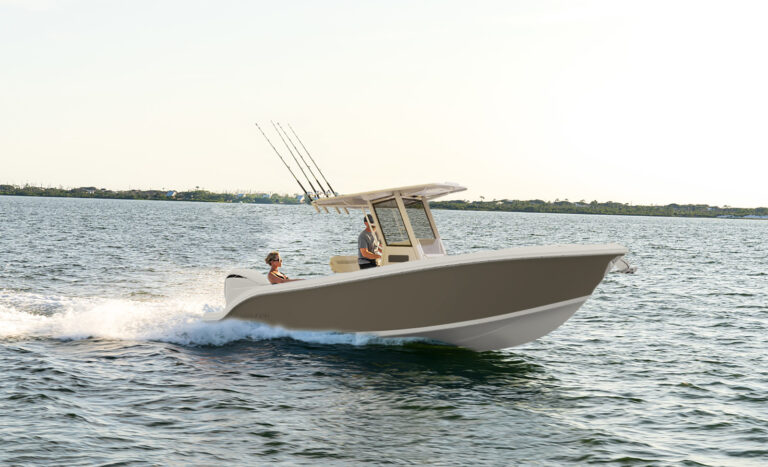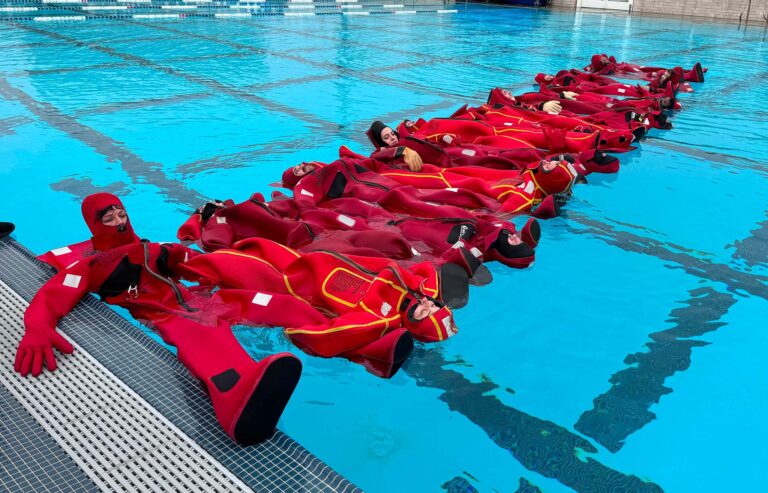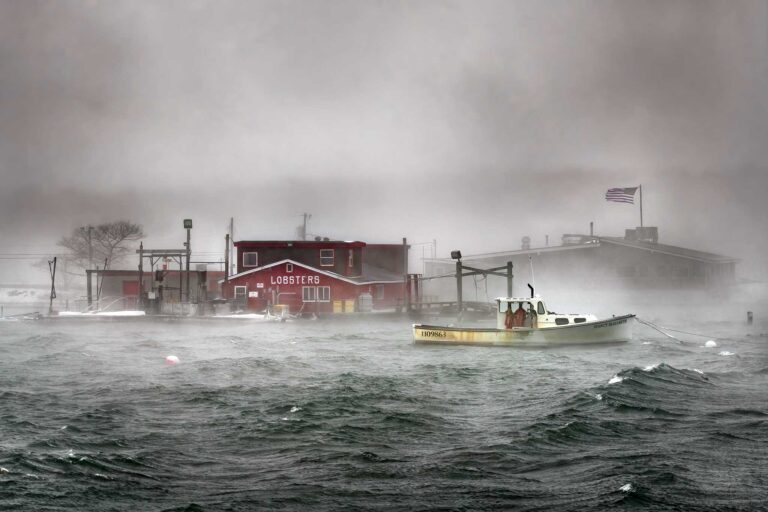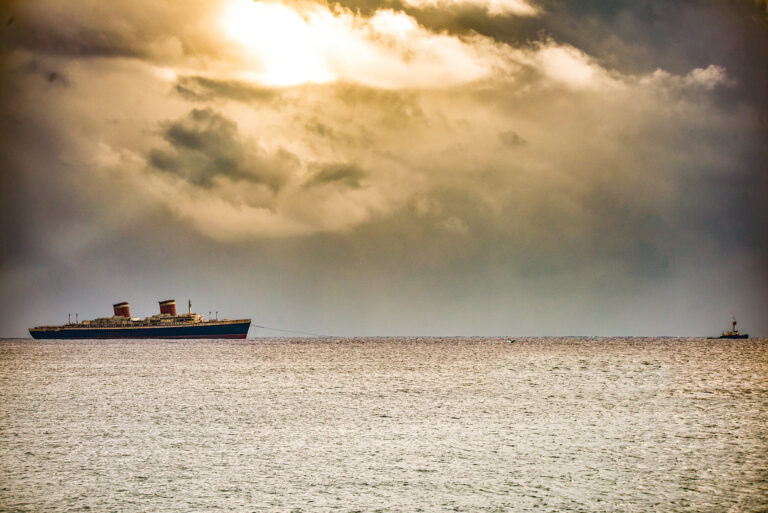Pete Hoffman is pretty sure he’s the only guy on his block with a two-submarine garage.
Submarines are Hoffman’s passion, one his wife indulges so long as he leaves room in the garage for her car. Today he’s got two subs there and just enough room between them to sandwich in an automobile.
“I have always been fascinated with [submarines],” says the Pompano Beach, Fla., yacht broker. “I’ve been fooling around with various configurations of this one since 1988 — 16 years.”
“This one” is Antipodes, a 15-foot mini-sub that just returned from three years’ service in New Zealand. Working out of South Island, Antipodes took paying passengers on explorations almost 1,000 feet deep into the fjords of Milford Sound in the Piopiotahi Marine Reserve. Before that, the five-person sub tooled around on a 150-foot mega-yacht, Mystere, where it served as the owner’s personal mini-sub.
Back in Pompano Beach, Antipodes is for sale for a cool $595,000. Hoffman says the sub could go into service now on an expedition yacht that voyages to exotic destinations, work as a research vessel or return to commercial service carrying passengers on undersea trips.
Wherever Antipodes winds up, Hoffman knows it won’t be an easy sell.
One university and a handful of megayacht owners have expressed some interest in Antipodes, but Hoffman says interest in a submarine like this usually doesn’t translate into a contract to buy it.
“I learned a long time ago that there are a lot of people that like to talk about subs and there are a lot of people that like to build subs, but there are not that many people who are ready to buy a sub,” he says.
Work on the other submarine in Hoffman’s garage has barely started. He wants to turn that one into his personal submarine. “I just want to go exploring,” he says. Hoffman says he took Antipodes out to a reef off Fort Lauderdale in 80 feet of water, and saw sharks, turtles and fish. He’d like to be able to take high school marine science students out to that same reef and give them a taste of undersea exploration.
Antipodes seats five and carries a robotic arm for picking finds off the bottom. An underwater telephone sends an acoustic signal through the water so the submariners can talk to a mother ship, up to three miles away. The 14,340-pound steel-hulled sub has twin 3-inch-thick, 58-inch-diameter acrylic-bubble viewports at each end for scanning the oceans as the sub cruises at its normal exploration speed of a knot or less. Antipodes is certified to descend to 1,000 feet, and is built and tested to American Bureau of Shipping standards. The sub carries a 72-hour emergency oxygen reserve and a scrubber to absorb waste carbon dioxide in the air. It is powered by 15 8-volt batteries connected in parallel, which drive six 2-hp reversible thrusters — two vertical and four horizontal. It cruises at 2 knots; its top speed is 3; and it is set up to operate for about eight hours, Hoffman says.
The mini-submarine also has some safety features designed to free it if it becomes entangled below in a fishing net or cable. It carries enough high-pressure air to blow all the water out of its main ballast tanks at 1,000 feet to give the sub quick buoyancy. It also carries 900 pounds of lead ballast that it can drop instantly for buoyancy, and 1,500 feet of 8,000-pound Spectra line that crewmembers can deploy to the surface on a buoy so a boat can take the sub in tow and pull it free.
Antipodes’ deep-dive capabilities reflect its origins as a vessel in roughneck service on the North Sea oil fields. Both of the hulls in Hoffman’s garage are sections of the same 32-foot submarine that carried divers down to work on offshore oil rigs in the 1970s, ’80s and ’90s. Perry Submarine Builders in Riviera Beach, Fla., built the original submarine in 1973. Hoffman built and fitted Antipodes with help from engineers and technicians experienced in submarine construction.
Hoffman estimates that the sub has logged about 1,200 dives. It is certified for 10,000, which means it has a lot of life left in it.
“If I had an expensive yacht, this is the first thing I’d put on it,” he says. “Why do you need a fishing boat? Or a WaveRunner? You can do that anywhere.” He’d put a submarine on his yacht and go exploring.
More information is available at www.subdive.com.

